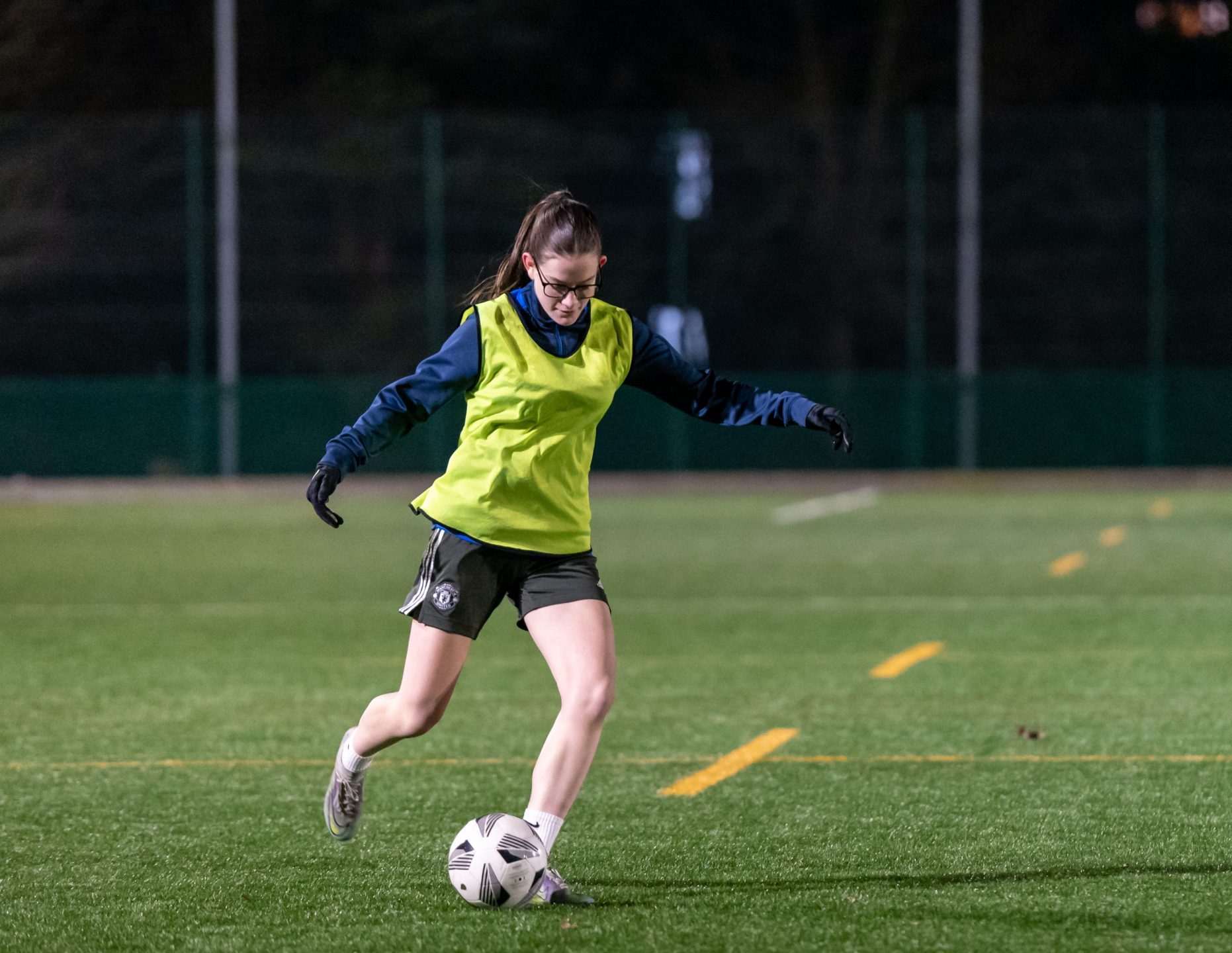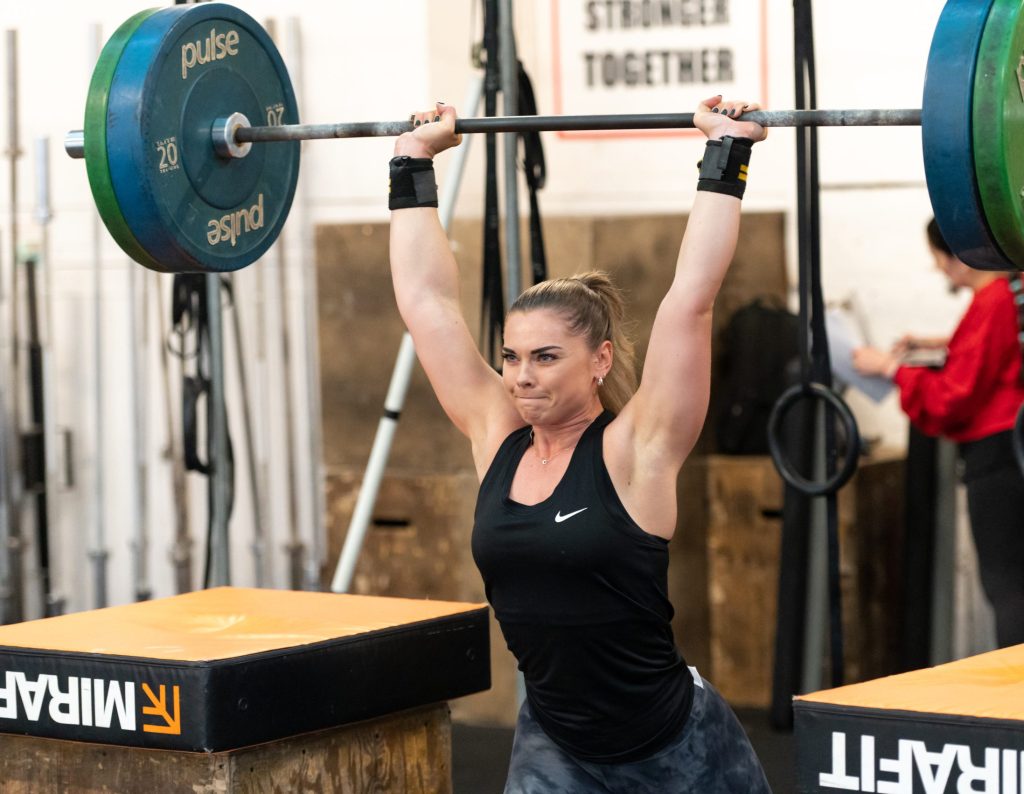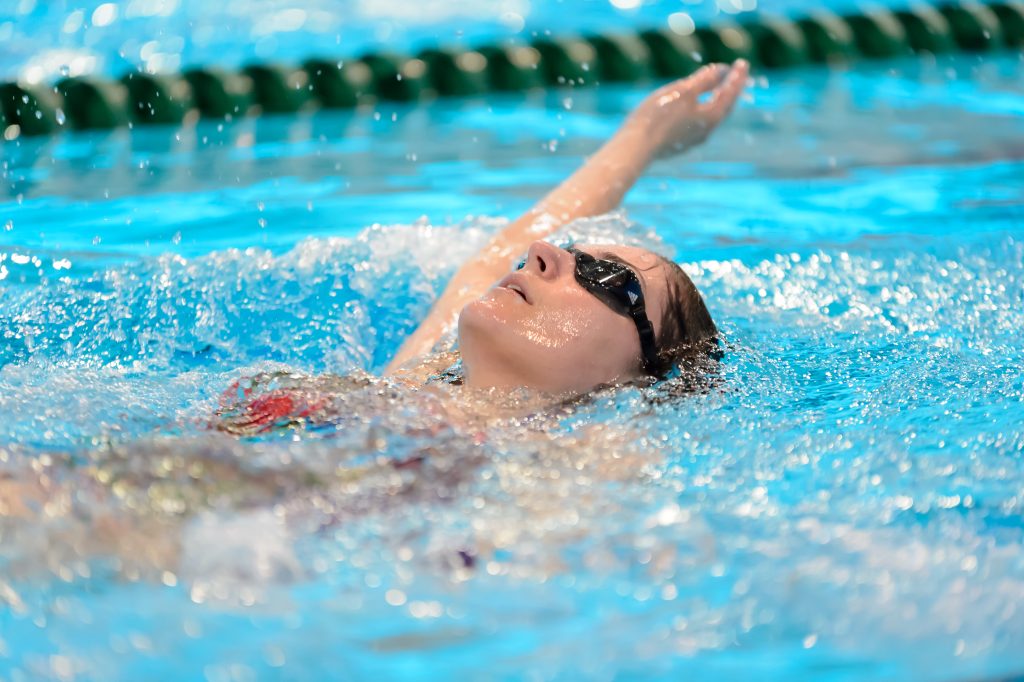The media has a significant influence both as a vehicle to transform society’s views on women and gender equality as well as in normalising women’s sport. It has tremendous reach and the power to reinforce positive attitudes in society.
Frequent visibility of women’s sport plays out at a more implicit level too, making it a natural and accepted part of the sports media landscape. It also acts as a counterbalance to negative stereotyping of women in the media, through the portrayal of positive, healthy, athlete role-models.
More specifically it:
- Challenges gender stereotypes
- Provides positive women role models
- Shows women and girls that sport is for them
- Portrays a positive and healthy body image
- Underlines women’s sport as entertaining, exciting and inspiring
The coverage of women’s sport has a long way to go to achieve its fair share of media attention. This is true in terms of the low proportion compared to men’s sport, the limited variety of women’s sports covered and lack of a consistent presence. There are examples of time periods when women’s sport is barely visible, sports channels where no women’s sport is in evidence and countries where it fails to achieve more than 2% of the reporting time.
However, the time feels right to capitalise on the growth and momentum in women’s sport and to redress this imbalance.
The EU funded five organisations; EILD (Greece); FOPSIM (Malta); West University Timisoara (Romania), Girls in Sport (Sweden), and Women in Sport (UK) to explore the visibility of women’s sport in the media.
The objective of the project was to identify how well the media represents women’s sport across the five countries and from this evidence base, challenge the current situation with journalists, broadcasters, and the sector as a whole, to understand how best to drive change. Firstly, Nielsen Sport conducted primary research, to provide an up-to-date measurement of women’s sport coverage in terms of both quantity and quality. More specifically it looked to uncover:
- Any disparities between women’s and men’s coverage
- Key areas where change might be needed
- Best practice in media coverage of women’s sport
Following the research, all the countries hosted in-depth ‘information sessions’ with journalists and broadcasters to discuss the implications of the research, understand why certain things are happening and ways in which the media and sports organisations can be supported to increase and improve coverage of women’s sport.
Key findings
Women’s sport media coverage lags significantly behind that for men’s sport: The narrative is the same in all five countries monitored. Despite some variation in the extent of coverage by country during the year, women’s sport is significantly less visible than men’s sport by, in some instances, up to 20 times and coverage does not currently reflect the extent of high-level and exciting women’s sport taking place.
Levels of visibility need to be elevated: In four of the five countries, women’s sport coverage failed to achieve above 10% of all sport’s coverage in any single monitoring period. It is at its lowest in Malta and Greece, where it failed to achieve more than 2% of the total coverage in either period. In Sweden and the UK, the picture was marginally better, but still variable and only achieved between 3%- 6% (Sweden) and 4%-10% (UK). Romania had the highest and most consistent coverage, peaking at 14%, but this was heavily driven by tennis champion, Simona Halep, and helped by her celebrity status in the country.
Men’s sports’ reporting consistently dominates the media: In contrast, men’s sport in three of the countries, UK, Sweden and Malta, accounted for over 80% of the total sports coverage during the monitoring periods, with football a significant driver of this. In Greece and Romania, men’s sports reporting, although still dominant, was a little lower, at 70% and 60% respectively.
Women’s sport is attracting significant audiences globally: Broadcast audiences for major women’s competitions have grown considerably over the past few years reflecting an expanding fanbase for women’s sport. There is also evidence of increasing live audiences for women’s sport at major events. This momentum provides a clear opportunity for the media to build this audience for the future.
Key partners
Funded by the Erasmus+ programme of the European Union and in partnership with EILD (Greece), FOPSIM (Malta), West University Timisoara (Romania) and Girls in Sport (Sweden).



